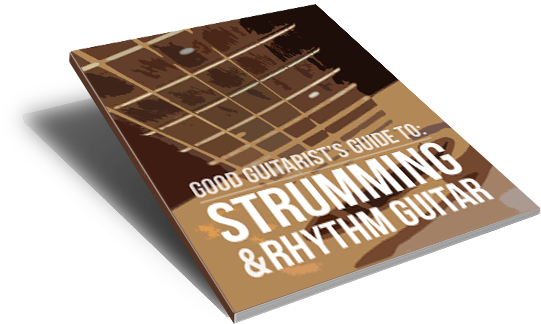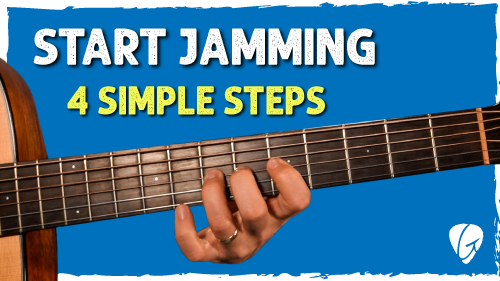Maximize Your Guitar Practice Time with the STAIR Practice Method
Are you looking to maximize your guitar practice time and consistently improve your playing?
In this guitar lesson, we’ll explore the STAIR Practice Method—a five-step system designed to help you make the most out of your practice sessions. Whether you’re a beginner, intermediate, or advanced guitarist, this method can be a valuable tool to supercharge your guitar playing. So let’s dive in!
Step 1: Set Your Goals
The first step in the STAIR Practice Method is to set your goals. While specific goals are essential, such as learning a particular song or mastering a specific technique, it’s equally important to have more general goals. These general goals could involve learning a song like “Ring of Fire” by Johnny Cash, exploring fingerstyle techniques, or mastering a challenging lead guitar part. By setting both specific and general goals, you’ll have a clear direction and motivation for your practice sessions.
Step 2: Tune Up
Tuning your guitar may seem like an obvious step, but it’s worth emphasizing its importance of tuning your guitar before every practice session. A properly tuned guitar not only ensures that your playing sounds good but also helps develop your ear for pitch. So remember, tune up before you play to build your ear and sound your best.
Step 3: Activate Your Fingers
Before diving into challenging exercises or songs, it’s essential to warm up your fingers. I recommend starting with simple and mindless warm-up exercises. These exercises not only get your fingers moving but also help you ease into your practice session. By starting with something familiar and comfortable, you can transition more smoothly into more challenging tasks.
Step 4: Isolate Your Trouble Spots
Step four of the STAIR Practice Method focuses on isolating your trouble spots. Identify the specific areas or techniques that are holding you back from reaching your goals. It could be a difficult chord switch, a complex rhythm, or any other challenging aspect of your playing. Instead of playing through the entire song or exercise without addressing these difficulties, isolate them and focus on improving them. By dedicating focused practice to your trouble spots, you’ll see more significant improvements in your playing.
Remember, while challenging yourself is crucial for growth, it’s also important to find a balance. Dedicate about half of your practice time to working on challenging areas and the other half to simply enjoying playing guitar. This balance will keep you motivated and prevent practice from becoming overwhelming.
Step 5: Record Your Practice
Recording your practice sessions may sound like a daunting task, but it can be a highly effective tool for improvement. I recommend keeping a practice journal where you can write down what you worked on during each session. By documenting your progress and goals, you can track your improvement over time. Having a tangible record of your guitar journey allows you to see how far you’ve come and helps you stay organized and focused.
Conclusion
The STAIR Practice Method offers a systematic approach to guitar practice, ensuring consistent improvement and maximum results. By setting goals, tuning up, activating your fingers, isolating trouble spots, and recording your practice sessions, you take control of your guitar journey and make the most of your practice time.
Remember, everyone’s guitar journey is unique, and what works for one person may not work for another. That’s why I encourage creating your own practice routine based on the STAIR Method. My free ebooks for rhythm and lead guitar can provide further guidance and serve as valuable resources as you embark on your guitar-playing adventure.
So grab your guitar, follow the STAIR Practice Method, and enjoy the process of becoming a good guitarist.






